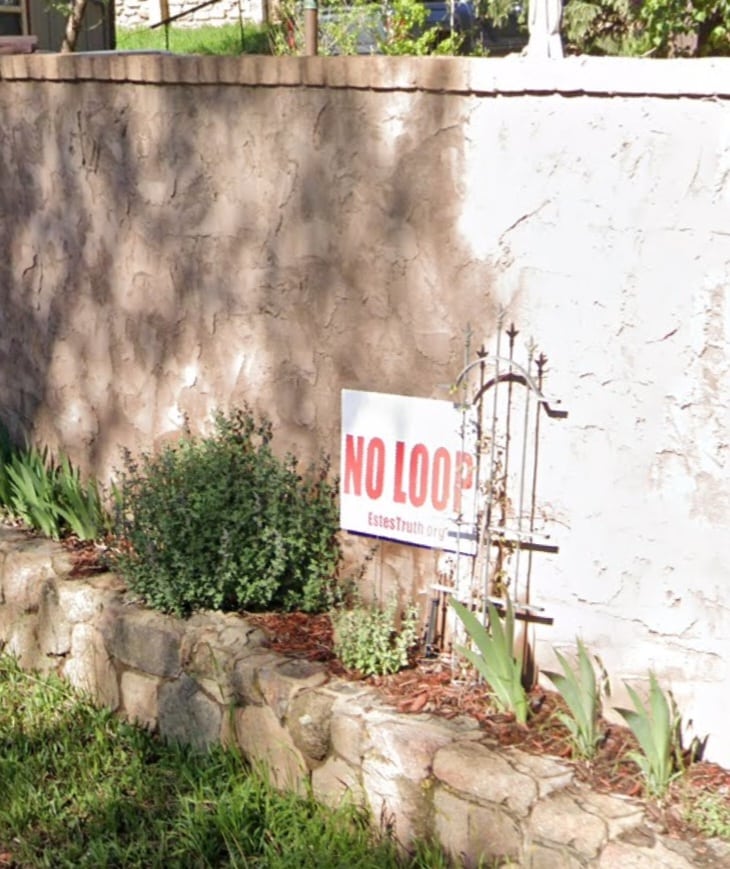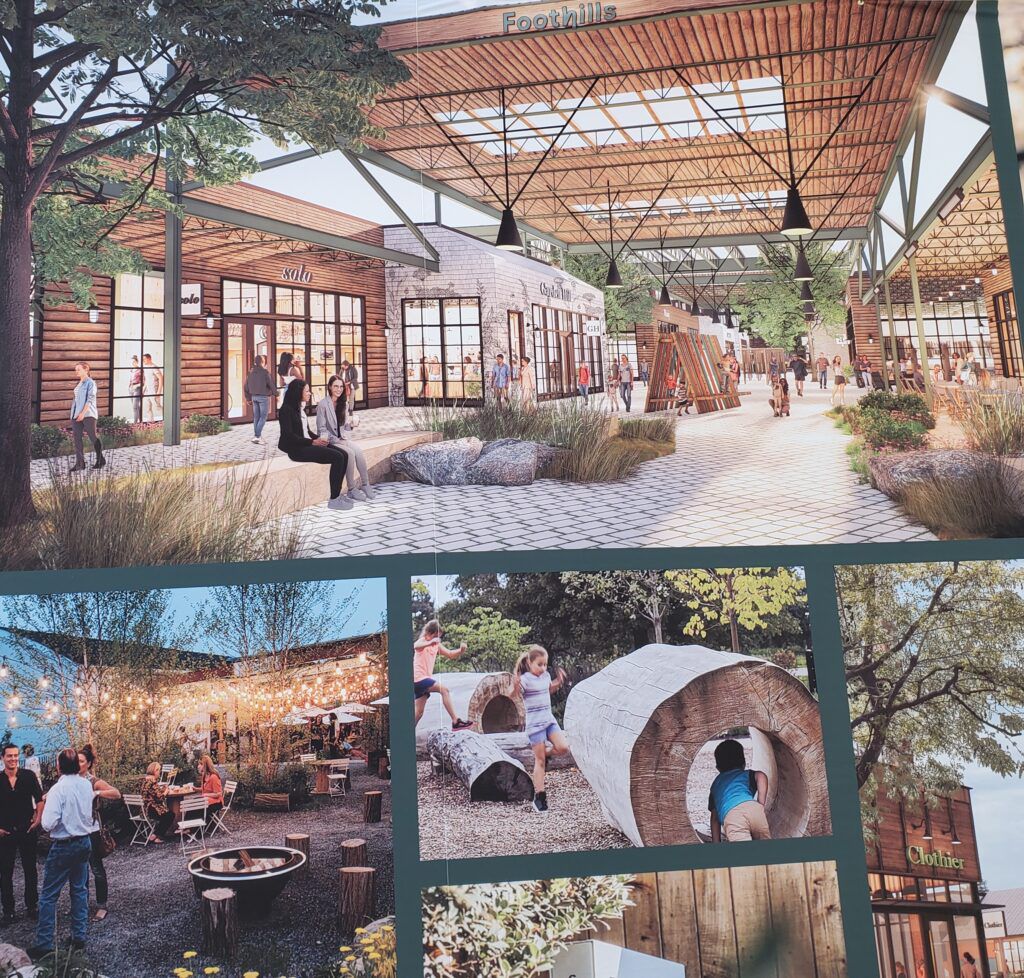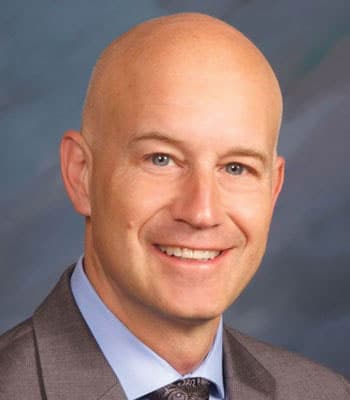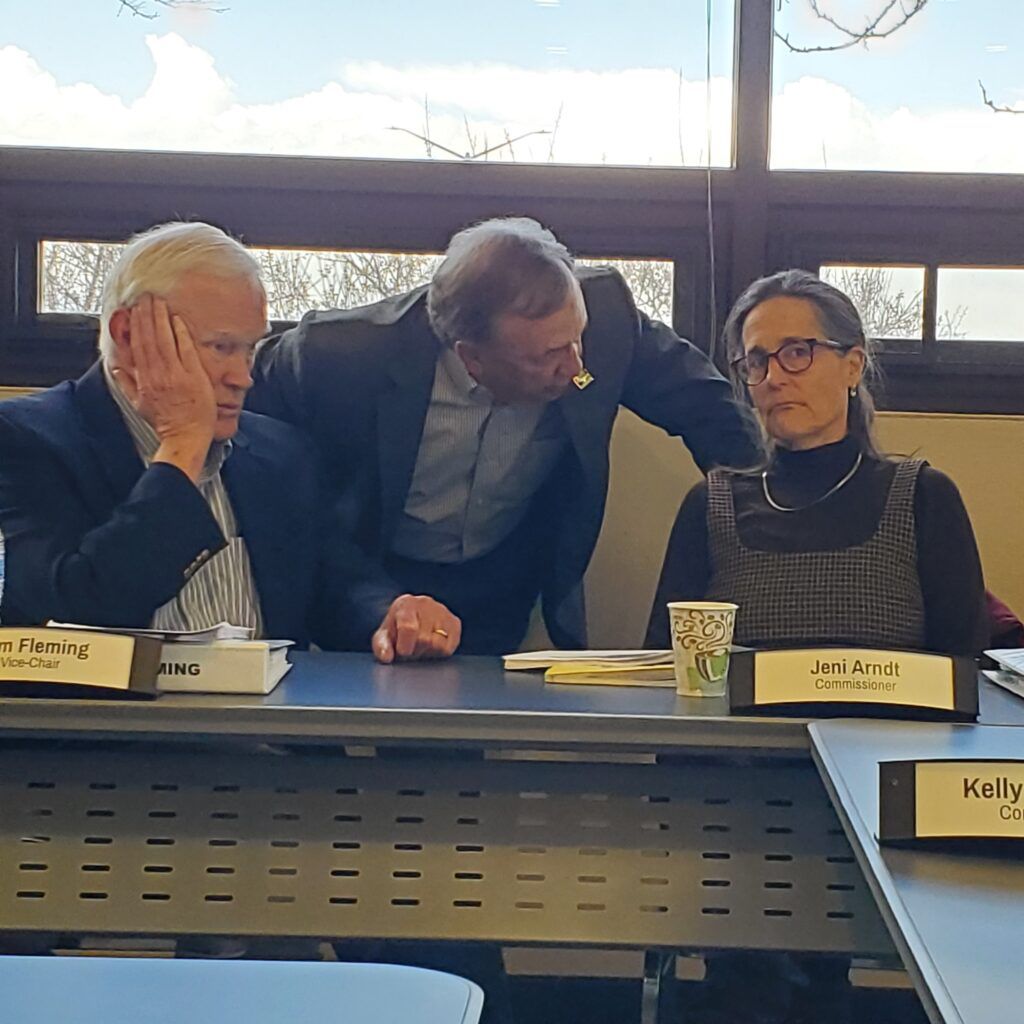Budget-busting bids for Estes Loop prompt search for options

ESTES PARK — Town, state and federal officials are scrambling to come up with options this week after the lowest bids for Estes Park’s traffic-diffusion project known as the Downtown Loop came in more than $11 million over budget.
The feds “are doing the primary noodling and evaluation,” said Gregory Muhonen, Estes Park’s public-works director, adding that project stakeholders now must decide how to keep the long-delayed project on track nearly six years after the town’s Board of Trustees approved it.
Muhonen had advertised for bids on the project in September, but was stunned weeks later when the lowest proposal from a general contractor of the two he received, that of Broomfield-based Flatiron Constructors, came in at $27,087,298, far exceeding the project-design engineering consultant’s estimate of $15,724,641 issued in July.

The other bid was $33,560,900 from Littleton-based ACC Construction — more than double the engineers’ estimate.
Members of the Estes Park Board of Trustees were just as stunned when Muhonen broke the news to them at their Oct. 11 meeting, as were other town residents he’s heard from since then.
“What I’ve heard has just been shock — like, ‘omigod, the numbers.’ Things must be difficult in the construction industry’,” he said.
Muhonen said Tuesday that the engineering consultant’s estimate had been evaluated by a Federal Highway Administration construction team. He had been confident in that estimate, and told the town board that the difference between that and the bids was “surprising and bewildering.”
“There’s much more uncertainty in the construction industry than was understood,” Muhonen said. “Supply chain, inflation, uncertainty about material costs, labor costs.”
Muhonen said officials of the town, the Federal Highway Administration’s Central Federal Lands Highway Division and the Colorado Department of Transportation will schedule a discussion to talk through various options to keep construction on target to begin after the holidays. Options then will be presented to the town board at its meeting on Nov. 8, he said.
Muhonen said the federal agency has crafted and presented him with a verbal proposal for a way to keep the project moving, but after consulting with town officials on Tuesday, he said he could not yet publicly disclose its terms — or other ideas being considered — until the agenda packet is prepared in advance of the Nov. 8 meeting.
Despite the fierce and organized opposition to the Loop from many downtown merchants and others between its initial proposal in 2013 and the town board’s final approval in late 2016, Muhonen said that since he revealed the cost overrun, he has heard nearly no voices calling for the project to be scrapped. Even so, he refused to comment Tuesday on whether shelving the Loop would be one of the options presented to trustees.
The project was conceived as part of a plan known as FLAP — the Federal Lands Access Program — to provide faster access for visitors to and from Rocky Mountain National Park.
Under the plan for the 0.9-mile downtown Loop, westbound U.S. Highway 36 traffic, toward the park, will use its currently designated route — west along Elkhorn Avenue through the downtown core of tourist shops and restaurants, then south and west on Moraine Avenue — but eastbound U.S. 36 will be diverted at the Moraine Avenue curve through a new roundabout onto one-way northbound West Riverside Drive, across a new bridge over the Big Thompson River at Ivy Street, then north on East Riverside Drive to reconnect with Elkhorn on downtown’s eastern edge. Moraine Avenue would be one-way southbound from Elkhorn to Riverside.
Loop proponents have pointed to the opportunity to snare FLAP funding to mitigate the ever-increasing summer traffic headaches as tourists head for a national park that has become the nation’s third-most-visited, drawing more than 4.6 million visitors in 2019 and prompting the establishment of a timed-entry program to reduce the crowding. The project also would include building flood-resilient infrastructure at two bridges along Riverside and widening and deepening the Big Thompson River’s channel. That work would alter the designated floodplain, decreasing flood-insurance premiums for more than 20 properties.
Opponents countered that the plan would disturb the peace of homes, rental cottages and two city parks along Riverside, as well as hurt businesses along East Elkhorn, the main downtown commercial street, by speeding tourists leaving the park out of town and away from its economic generators. To get back to the downtown core, they argued, eastbound tourists leaving the park would have to circle back around — and town residents also would have to deal with the inconvenience of the counterclockwise pattern during the offseason when the summer congestion the Loop was meant to alleviate doesn’t exist.
This project originated through the town’s 2013 application for FLAP funds to explore the idea of the one-way couplet. Approximately $17.2 million subsequently was awarded through a combination of FLAP funds and CDOT RAMP (Responsible Acceleration of Maintenance and Partnerships) money.
Muhonen had told BizWest in June that he expected construction to begin by January. In a “best-case scenario,” he said, construction could take 18 months, with completion by summer 2024. When escalating cost estimates pushed the expected completion date to fall 2025, the Board of Trustees took a pair of actions Tuesday to shorten the time frame. The board approved extension of the time allowed for the noise of construction from 14 to 24 hours if certain criteria are met, and kicked in an additional $500,000 to guarantee matching federal funds.
“I must admit that as a trustee during the formative discussions and actions concerning the Loop during 2013-2018,” Mayor Wendy Koenig wrote in the Estes Park News, “I never imagined it would still be a project in progress today.”
Her column was published on June 1.
Source: BizWest




